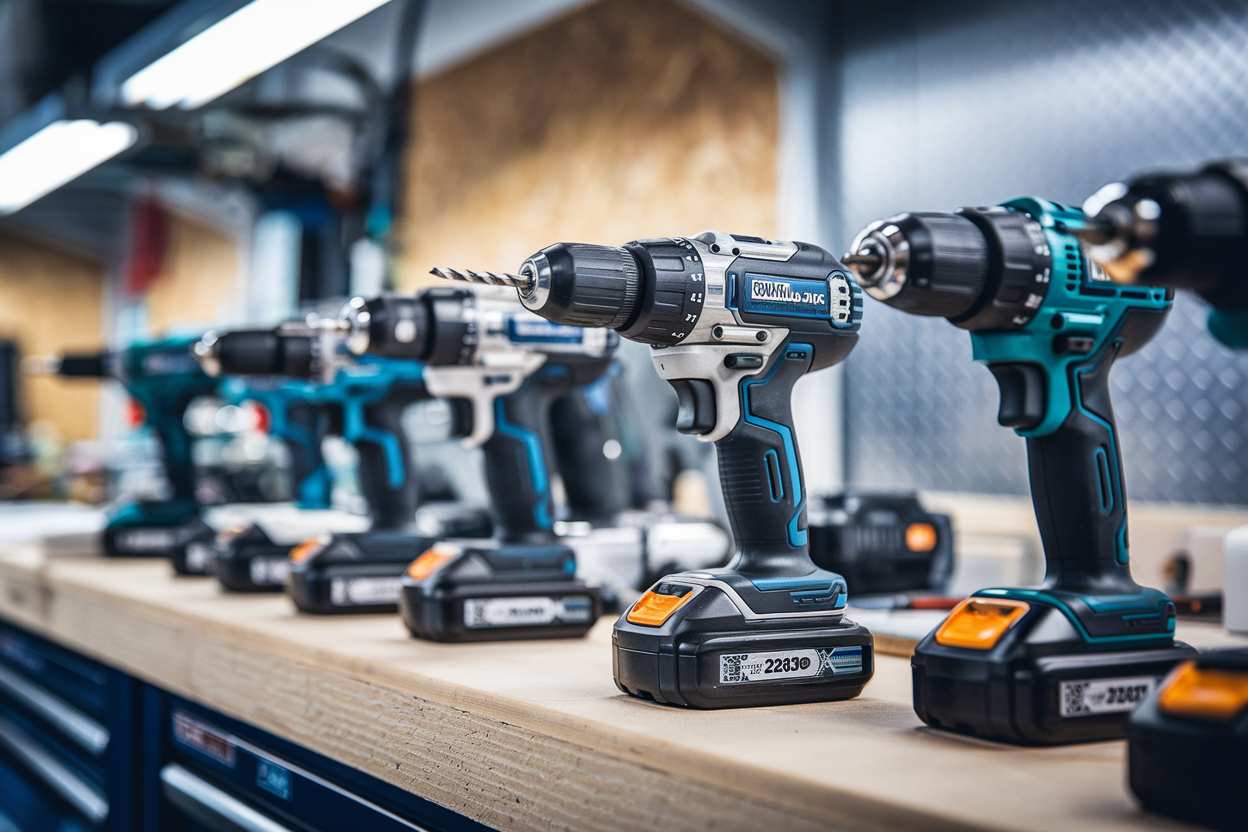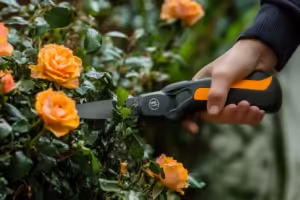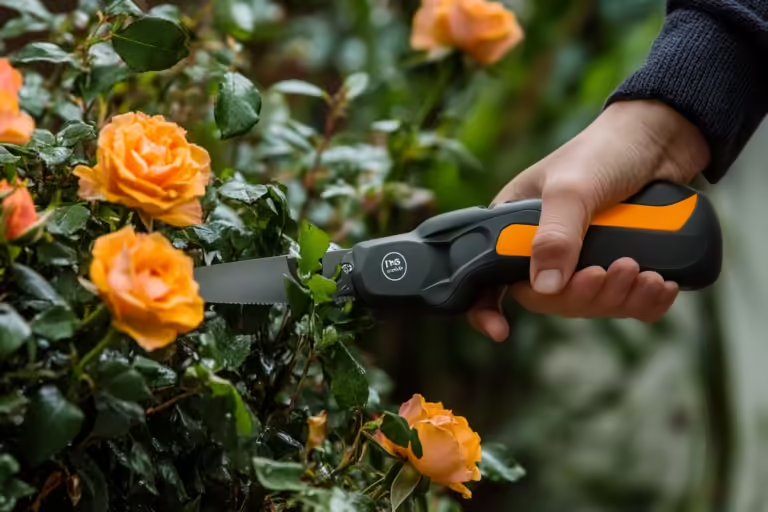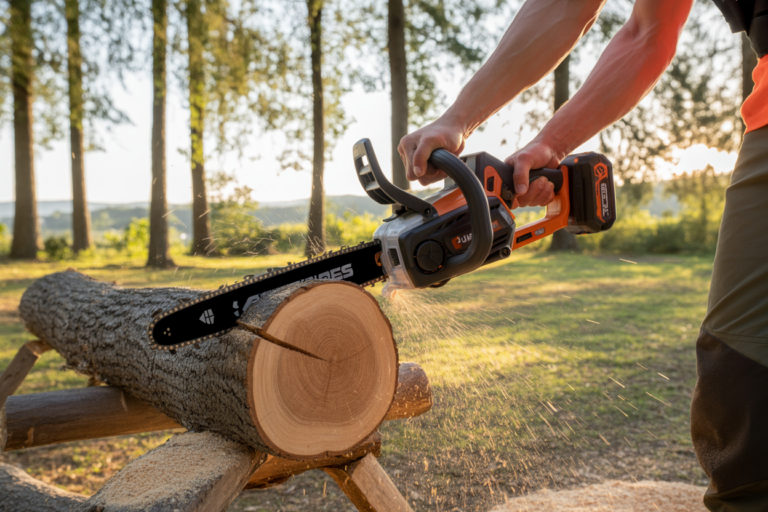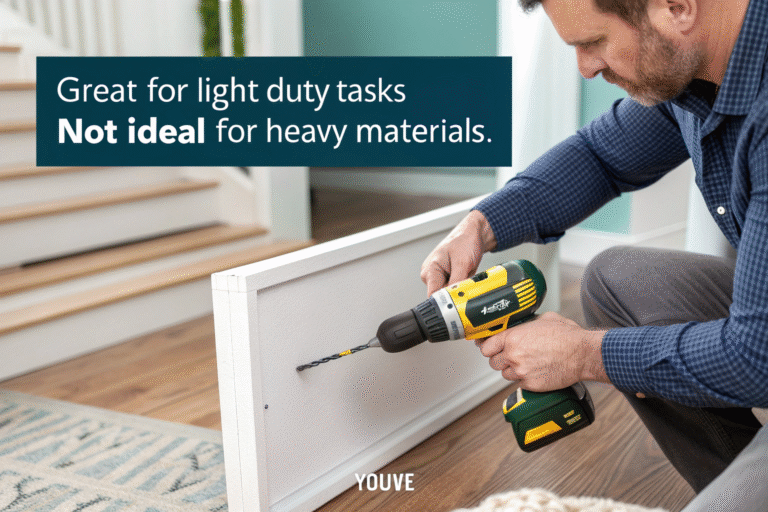
Choosing the right cordless drill is like picking the perfect tool for your masterpiece—essential yet personal. Let’s unravel the world of cordless drills to find your best match.
The best type of cordless drill depends on your needs, combining power, durability, and versatility. Brushless motors offer efficiency, while 18-20V batteries strike a balance between power and weight.
Finding the ideal drill isn’t just about specs; it’s about understanding your projects and preferences.
What is better, brushed or brushless cordless drills?
Brushed or brushless? It’s a classic dilemma in the tool world.
Brushless drills are generally better for efficiency and durability. They have fewer moving parts, generate less heat, and deliver longer battery life compared to brushed drills.
When I first used a brushless drill1, it felt like upgrading from a typewriter to a laptop. It’s smoother, faster, and simply smarter. For tasks requiring precision, like delicate furniture assembly2, a brushless drill shines.
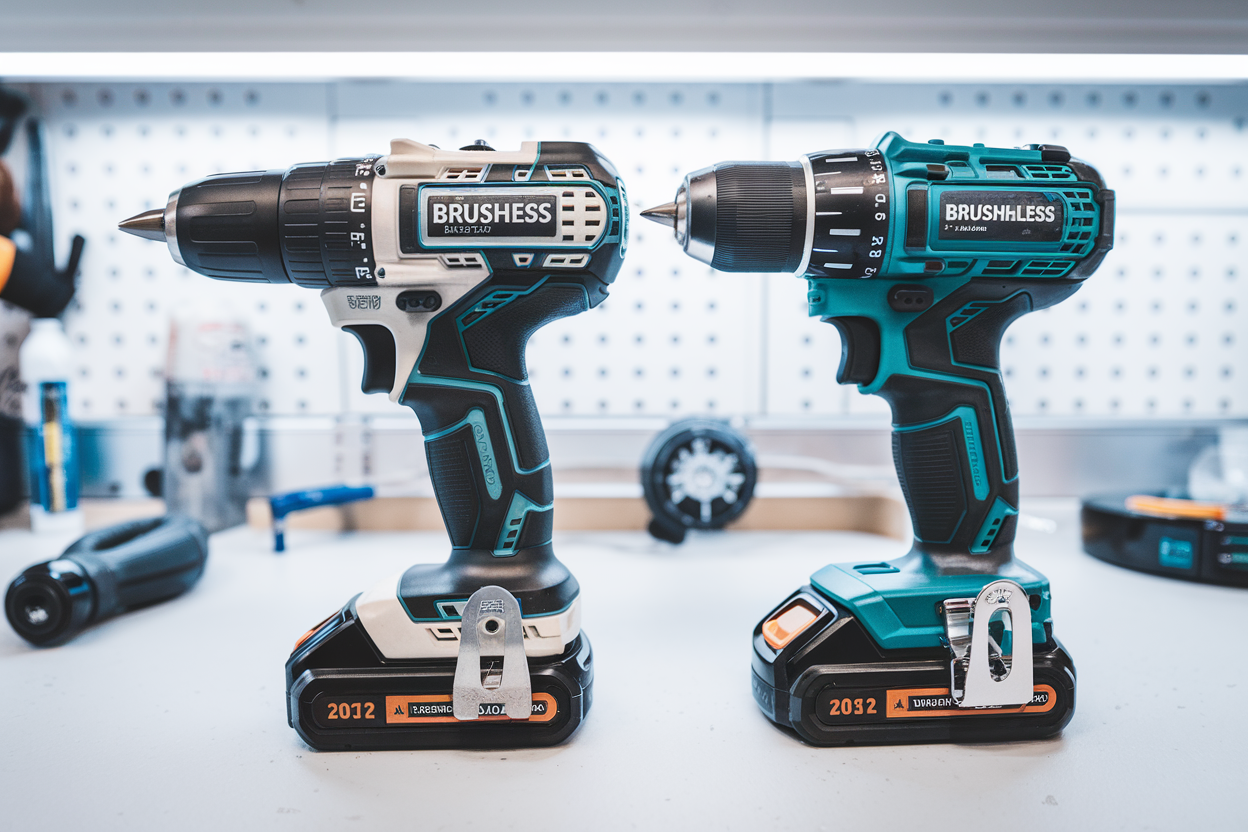
Brushed vs. Brushless
| Feature | Brushed | Brushless |
|---|---|---|
| Maintenance | Requires upkeep | Low maintenance |
| Efficiency | Lower | Higher |
| Cost | Affordable | Expensive |
| Battery Life | Shorter | Longer |
Brushless drills are also quieter and deliver consistent torque. However, brushed drills are still reliable for occasional DIY tasks, making them an affordable option for casual users. Learn more about motor types.
What should you look for in a cordless drill?
Selecting a cordless drill involves balancing power, size, and features.
Look for key factors like voltage (18-20V for versatility), torque, RPM, and ergonomics. Features like LED lights and multiple speed settings enhance usability.
I always check the grip—it’s like shaking hands with a drill. A comfortable grip can make hours of work feel like minutes.
Features to Consider
When buying a cordless drill, these factors matter:
- Battery life: Lithium-ion batteries last longer and charge faster.
- Weight: Lighter drills reduce fatigue for extended tasks.
- Chuck size: A 1/2-inch chuck handles larger bits for diverse jobs.
- Speed settings: Adjustable speeds provide precision for different materials.
Drills with brushless motors often include smart sensors, offering optimal performance without guesswork. Explore cordless drill features
Are corded drills more powerful than battery?
The age-old debate between corded and cordless tools continues.
Corded drills generally deliver more consistent power for heavy-duty tasks, while cordless drills provide unmatched convenience for mobility.
When I tackled my first big project—building a garden deck—a corded drill powered through hardwood with ease. But for roof repairs, cordless was my savior.
What are the two types of cordless drills?
Cordless drills come in two main types: drill drivers and hammer drills.
Drill drivers are versatile for general tasks, while hammer drills excel at drilling into concrete and masonry.
A hammer drill is like a multitasking superhero—it’s perfect for DIYers tackling everything from woodwork to concrete walls. Discover the types of cordless drills
What is the best voltage for a cordless drill?
Voltage determines a drill's power and weight balance.
For most tasks, 18-20V cordless drills offer the perfect mix of power, performance, and portability.
Anything below 12V is ideal for light tasks, while 24V models cater to heavy-duty users.
What is the most versatile type of drill?
Versatility lies in adaptability.
A compact drill driver with adjustable speeds and torque settings is the most versatile option for varied tasks.
It’s the Swiss Army knife of drills—compact yet powerful enough for diverse materials. Find versatile drill options
What are the disadvantages of a brushless drill?
No tool is perfect.
Brushless drills are more expensive upfront and may feel overkill for basic DIY tasks.
Do brushed motors last longer than brushless?
No, brushless motors outlast brushed ones due to fewer mechanical parts and reduced heat generation.
Conclusion
Choosing the best cordless drill boils down to your needs. Brushless models shine for efficiency, while 18-20V batteries offer balanced performance. Remember, the best tool is the one that fits your hand and your tasks.

